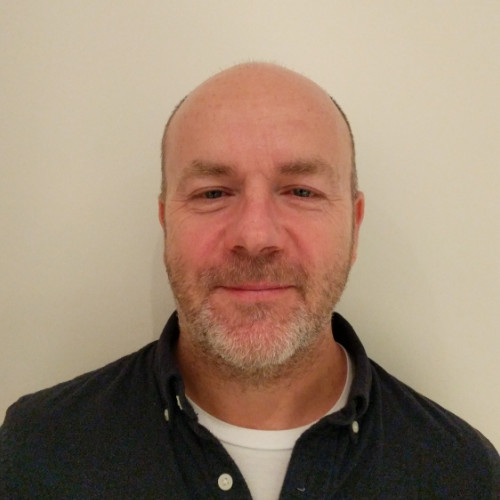Don’t bet on finding another Woodford
Fund managers of Neil Woodford's calibre are few and far between. Paul Amery explains why you're better off buying these passive funds instead.

Neil Woodford's High Income fund has returned his investors' seed money 22 times over in 25 years, far more than the index or an average of his rivals. Can his replacement duplicate this, or can Woodford do it elsewhere?
It's a very tall order. The sales pitch of active fund management is based on managers' skill, not chance. But managers who achieve what Woodford has done are statistically very rare.
It's impossible to know if such a record is down to luck or skill. Put another way, of the thousands of fund managers, a Woodford is bound to pop up sooner or later. But can you pick him?
MoneyWeek
Subscribe to MoneyWeek today and get your first six magazine issues absolutely FREE

Sign up to Money Morning
Don't miss the latest investment and personal finances news, market analysis, plus money-saving tips with our free twice-daily newsletter
Don't miss the latest investment and personal finances news, market analysis, plus money-saving tips with our free twice-daily newsletter
So, all you can be sure of if you buy Woodford's (or his replacement's) income funds is costs: 1.67% in charges for the Invesco Perpetual High Income Fund, plus another 0.14% a year in commissions and taxes generated by the manager's turnover.
The Edinburgh Investment Trust (LSE: EDIN), also run by Woodford, levied 1.9% in fees last year (0.7% in charges, plus 1.2% as a performance fee), plus 0.1% in turnover-related costs.
Either way, you're getting on for 2% in charges per year for either fund (and that's assuming you found someone to waive the initial charge of 5% on the High Income Fund).
Investors in his trust have also just seen a near-10% swing in its secondary market price as the fund swung from a premium to a discount to net asset value (in other words, the shares went from trading above the price of the underlying portfolio to below it) after Woodford's decision to leave Invesco was announced.
If instead, you buy an exchange-traded fund (ETF), or index fund tracking a high-income index, you'll end up holding many of the pharmaceutical and tobacco stocks that Woodford's active funds still hold.
These index funds tend to hold less concentrated portfolios than Woodford, who takes big bets. Nor should they swing to premia or discounts. More importantly, they're far cheaper: Vanguard's UK Equity Index Fund costs 0.25% a year, SDPR Europe's UK Dividend Aristocrats ETF (LSE: UKDV) charges 0.3% and iShares' UK Dividend ETF (LSE: IUKD) costs 0.4% a year. Trading costs add a few basis points a year on top, but they are nowhere near the price of an average active fund.
Personally, I'm not a fan of income stocks right now I think the flood of quantitative-easing-inspired hot money has left them overvalued. But if I were buying an income fund, I'd definitely prefer an ETF or index fund over an active fund that costs up to eight times more.
Paul Amery, formerly a fund manager and trader, is now a freelance journalist.
Get the latest financial news, insights and expert analysis from our award-winning MoneyWeek team, to help you understand what really matters when it comes to your finances.
Paul is a multi-award-winning journalist, currently an editor at New Money Review. He has contributed an array of money titles such as MoneyWeek, Financial Times, Financial News, The Times, Investment and Thomson Reuters. Paul is certified in investment management by CFA UK and he can speak more than five languages including English, French, Russian and Ukrainian. On MoneyWeek, Paul writes about funds such as ETFs and the stock market.
-
 8 of the best properties for sale with indoor gyms
8 of the best properties for sale with indoor gymsThe best properties for sale with indoor gyms – from a four-storey mews house in London’s Knightsbridge, to a 1920s Arts & Crafts house in Melbury Abbas, Dorset
-
 Top stock ideas for 2026 that offer solidity and growth
Top stock ideas for 2026 that offer solidity and growthLast year’s stock ideas from MoneyWeek’s columnist and trader, Michael Taylor, produced another strong performance. This year’s stocks look promising too
